Campers had a blast traveling through time at SPREE holiday camps on November 20-21!
Monday’s mission had us focused on exploring the Native American tribes of Colorado’s plains. The Arapahoe and Cheyenne lived along the South Platte River for thousands of years and are still around today! We worked on reenacting three different aspects of their daily lives around 200 years ago: food, shelter, and lore.
Monday’s mission had us focused on exploring the Native American tribes of Colorado’s plains. The Arapahoe and Cheyenne lived along the South Platte River for thousands of years and are still around today! We worked on reenacting three different aspects of their daily lives around 200 years ago: food, shelter, and lore.
For our food activities, we focused mainly on hunting- especially bison! These tribes, along with many others, are nomadic. One of the reasons they traveled around is that they were following herds of their main food source- bison. These animals were an integral part of their lives- they had a use for every part of the animal! We played a game to help us figure out what each part was used for. In another part of our activity, we explored different hunting methods that Arapahoe and Cheyenne used. We acted out one method where hunters used to disguise themselves as bison and use a sneak attack!
Campers swam deeper in the life of fish during our second activity, where we learned about the protective slime coating all fish have. Fish have a coating of slime over their skin which acts as a barrier keeping bacteria and other bad things out of the fish. Fish slime can be damaged by many things including human touch, predation, or scraping it on riverbeds. A fish can heal its broken slime, but if slime is too damaged the fish could die. We whipped up a batch of clear fish slime using glue & borax, and then braved the weather again for a game of Slime Tag!
SPREE instructor aka “big trout” nips pieces of slime (clothespins) from camper fish. Luckily no camper fish lost too much slime, this round….
Once again, campers endured the winter weather for our third activity. Typically we would wade in the river for a “critter crawl”, but it was far too chilly for that. Instead, campers went on a hike down by the South Platte River and made observations about what they saw. As they observed, campers thought about how everything they see might impact the fish in the river- even goose scat! After making observations, campers warmed up by drawing an ecosystem mural.
We concluded the day practicing the art of Gyotaku, or fish printing. This science art style began in the mid 1800s when Japanese fishermen wanted a way to record their daily catch. At SPREE, we used “actual size” fish molds of native Colorado fish. We rolled the fish in stamp ink, and then stamped the fish onto a piece of paper. The results were unique and beautiful educational works of art!

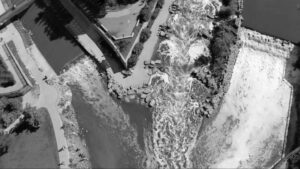

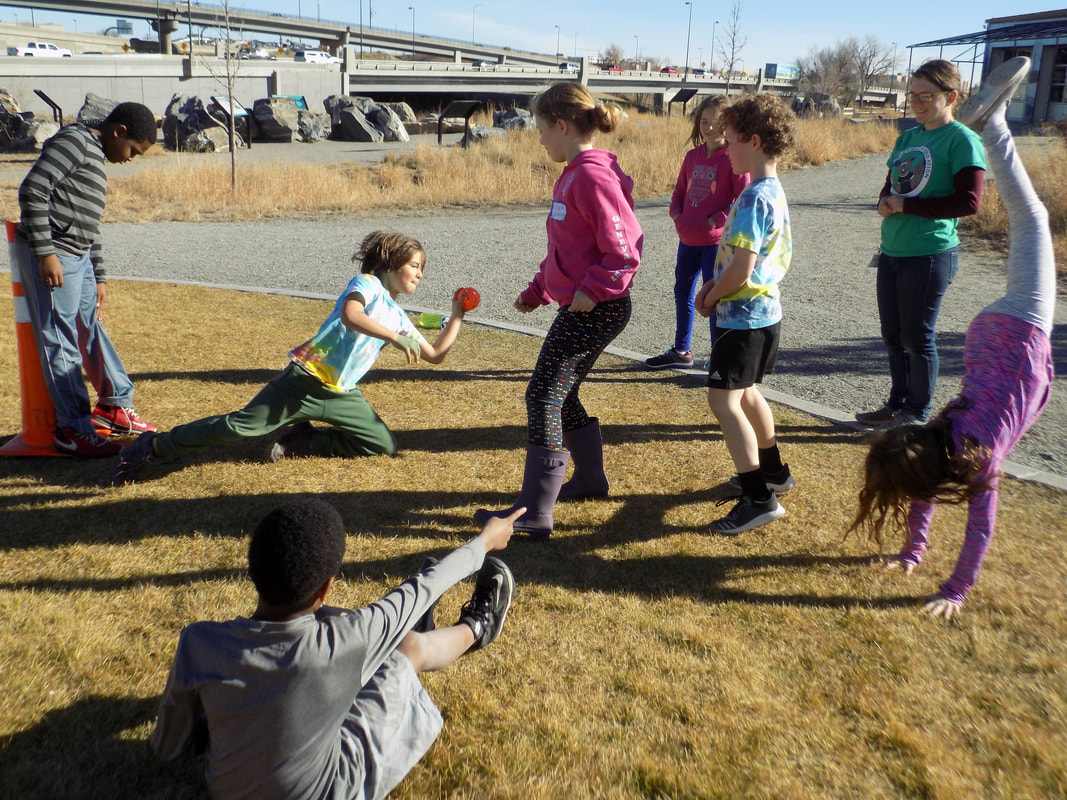

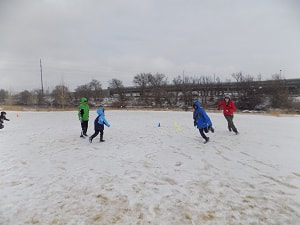

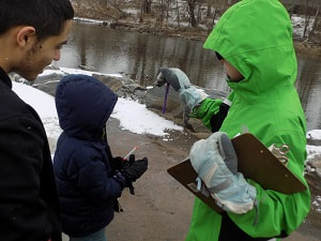

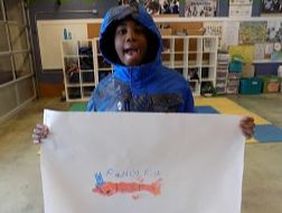
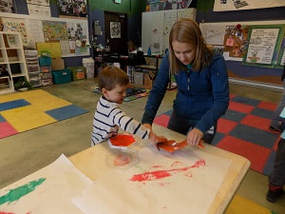

A nice tutorial for out kids about wild fish.
You know your projects stand out of the herd. There is something special about them. It seems to me all of them are really brilliant!